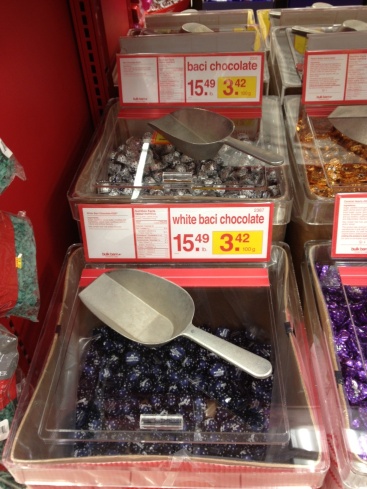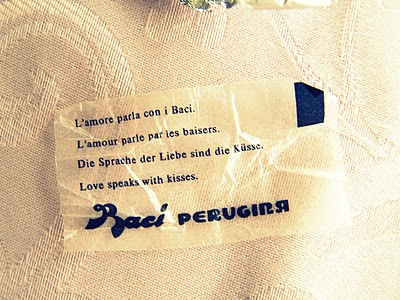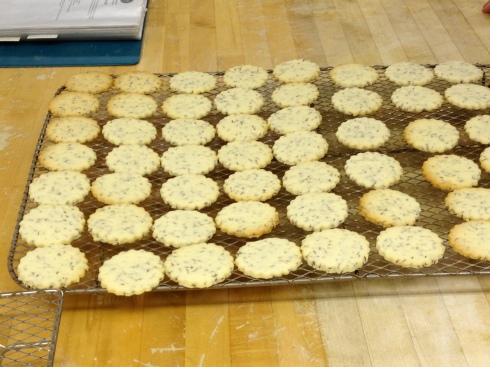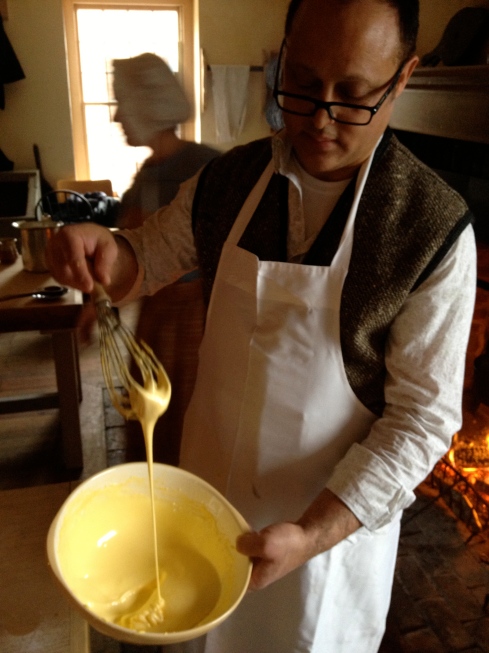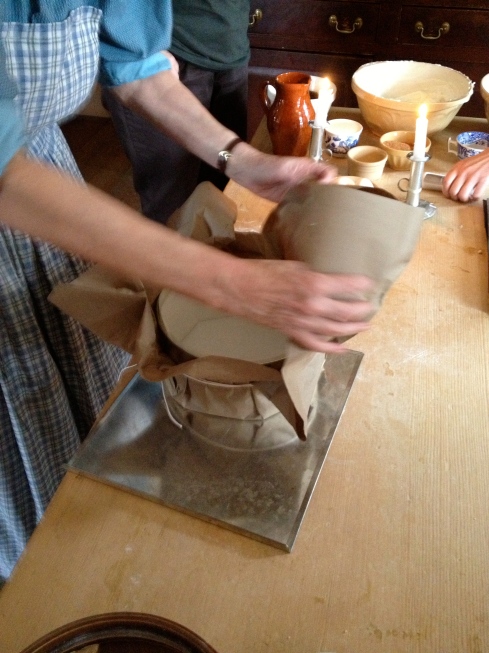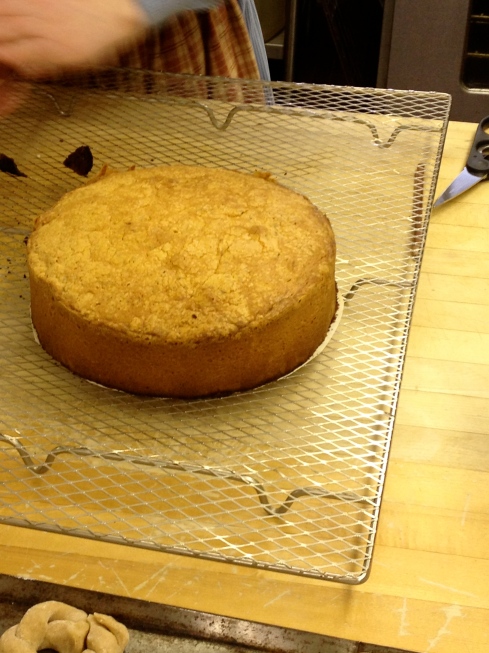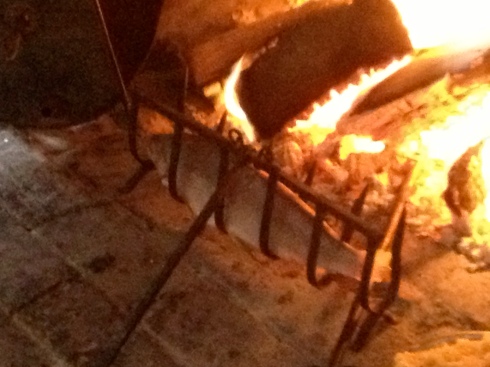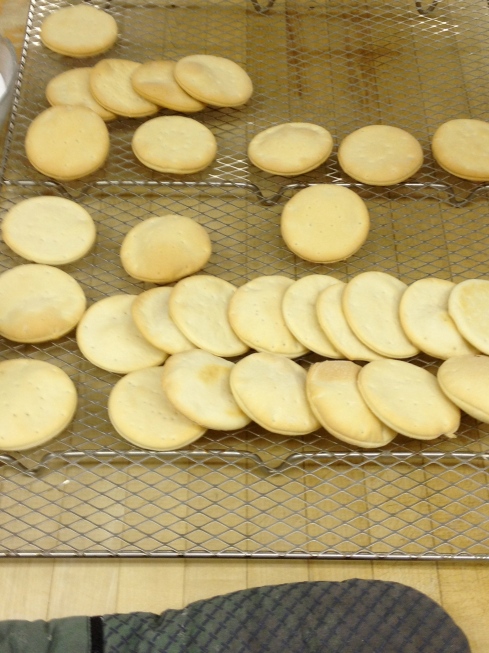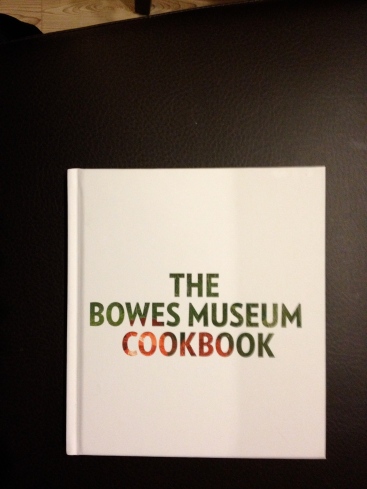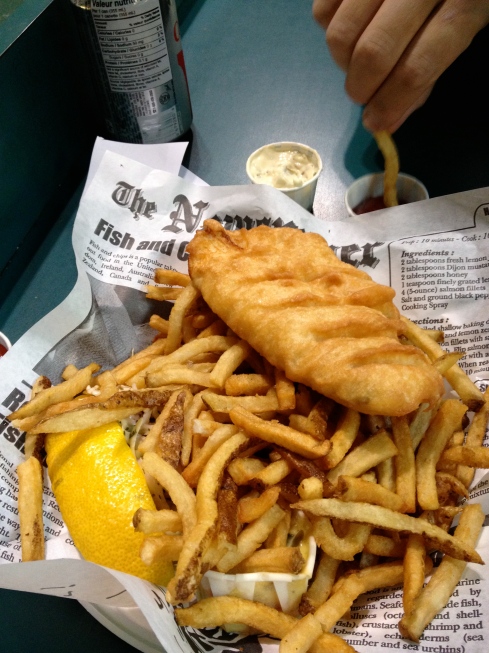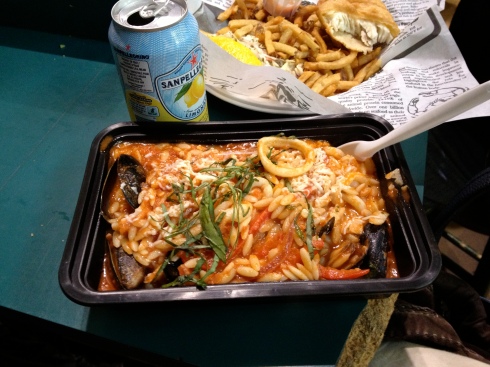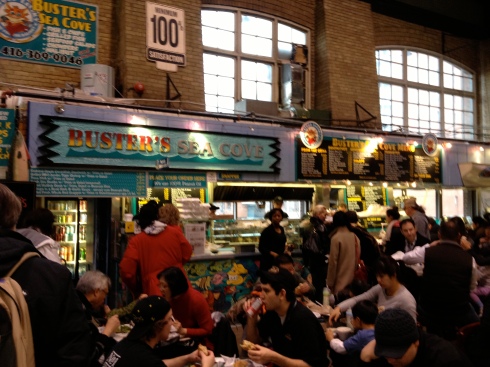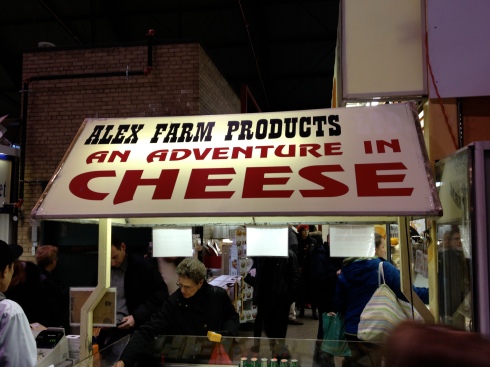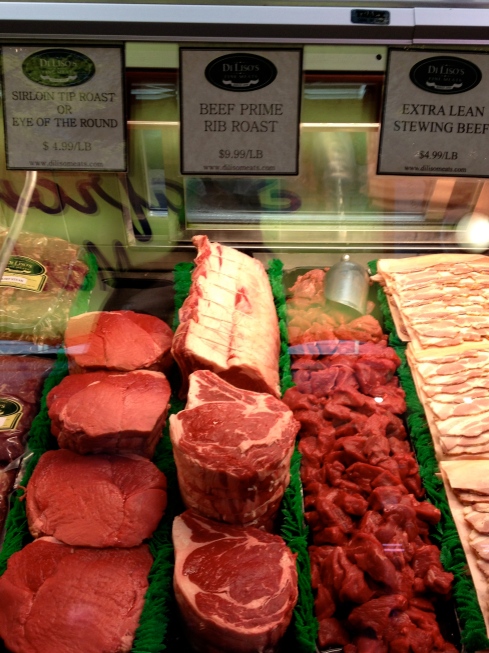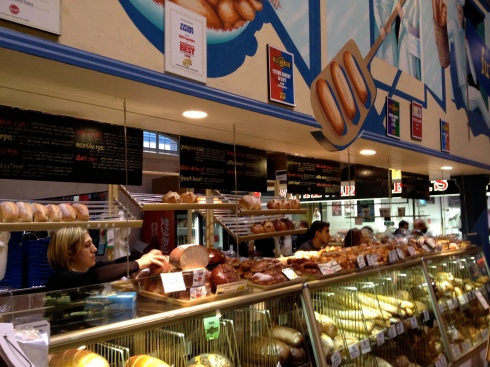Next year will mark 100 years since the start of World War One, or the Great War as it was called by contemporaries, with the vast and devastating effect it was to have in Europe and beyond. Many museums and cultural institutions are planning events and exhibitions to commemorate this event.
From the Ella Wheeler Wilcox Bibliography
In contrast to the extensive discussion about the effects of war on the civilian population in World War Two, the effects on those at home during the Great War have been far less explored. While it may be true that civilians in Britain did not suffer to the same extent during the Great War this is still an area ripe for further study, especially in terms of the war’s effect on food. Rationing was introduced in Britain in January 1918. Throughout the war a number of recipe books were published which stressed the careful use of ingredients and economical cooking as a way of supporting the war effort. They included Keep the war foods cooking 1918, Allied cookery : British, French, Italian, Belgian, Russian / arranged by Grace Clergue Harrison and Gertrude Clergue, to aid the war sufferers in the devastated districts of France; introduction by Hon. Raoul Dandurand ; prefaced by Stephen Leacock and Ella Wheeler Wilcox, 1916 and Food and victory : a war supplement to Text-book of cooking by Carlotta C. Greer 1918.
The patriotic and confident outlook these books hoped to inspire are well expressed by the simple verse which opens Keep the war foods cooking:
While the war is on and our boys must fight
We are here at home, with all our might
Should cook war dishes all the time
For that’s our work behind the line
I hope that the Great War celebrations which begin next year will create wonderful opportunities to explore food during the First World War. It’s something that Fort York in Toronto has already begun to think about. During the First World War Fort York was used as a military base so extending the Historic Foodways recipe repertoire from the usual 18th and early 19th century recipes, which reflect the history of many of the Fort buildings and the Officers’ Mess, feels like an appropriate and exciting way to engage with the commemorative heritage plans for 2014-2018. While Canadians civilians were geographically removed from the theatre of war thousands of Canadian soldiers bravely fought alongside their European counterparts, their cap badges with a crown resting on a maple leaf and ‘Canada’ in capital letters helping to establish the maple leaf as a representation of Canada on the international stage.
There’s also the opportunity for these Great War era recipes to be used for other events in the Fort’s calendar. This week I experimented with a 1915 recipe for Orange Cake, which Bridget, who leads the team of historic cooks, suggested might work well for the Fort’s annual Mad for Marmalade event.
The recipe for the orange cake came from the Five Roses Flour 1915 cookbook. Five Roses is one of the major Canadian flour brands, originally produced in 1888 in Keewatin, Ontario by the Lake of the Woods Milling Company. Using Canadian hard wheat Five Roses Flour soon became an established brand. Its popularity was increased by the publication of a cook book which was first published in 1913 and brought together 600 recipes carefully chosen from the thousands submitted by users of Five Roses Flour. The cook book itself soon became a Canadian institution; by the time of the 1915 edition 950,000 copies had been sold. In her introduction to the 21st century reprint of the classic 1915 edition Elizabeth Baird recounts her memories of her grandmother’s copy, hanging by a string in the pantry, an indispensable culinary guide for the Canadian housewife. It included recipes for breads, pastry, cakes and cookies, biscuits and tarts (including an early recipe for that Canadian classic, the butter tart).
The ingredients for the cake were very straightforward; eggs, sugar, butter, flour, raising agent, milk and an orange. I was interested that the ingredients were listed in a mixture of pounds, ounces, cups and even a teacup (for the milk). Other surrounding recipes listed the ingredients in cups, suggesting the recipes’ origins as the contributions of many different women, without a strong editorial hand to try and convert individual approaches to measuring ingredients.
The method for the cake was straight forward enough, except that it forgot to mention when to include the butter. After some consultation around the kitchen I decided to cream my sugar and butter before added the eggs, whisked, with the orange zest and then the flour and raising agent. As we had no baking powder I used bicarbonate of soda, something that I would certainly avoid next time. Finally I added the milk to get the batter to a spoon dropping consistency.
I baked the cake in an 8″ tin and instead of buttering it as the recipe suggested I lined the tin with parchment paper. As it was from a 1915 cook book the recipe had no precise oven temperature so we decide to interpret a ‘moderate’ oven as 350°F. I baked the cake for just shy of half an hour and turned it out to cool.
Impatient to try the cake I turned my thoughts to the icing. The recipe suggested that you could use the juice of the orange to create the icing but did not suggest a particular recipe. Looking through the cook book I couldn’t see a suitable topping and so made a simple glace icing from icing sugar and the orange juice, taking care that it was stiff enough to cover the top of the cake without sliding off. Rosemary added some sugared violets as a finishing touch and finally the cake was ready to try.
I was impressed by the texture of the cake; it was much more light and fluffy than I had expected. However, I could clearly taste the bicarbonate of soda and there was little trace of the orange in either the icing or the cake itself. Next time the recipe definitely needs to be tried with baking powder and I liked Rosemary and Elizabeth’s suggestion of using an orange curd as a filling.
Of course sampling our edible experiments is an obvious benefit to being part of the team of historic cooks at Fort York. But another element which I really enjoy is the experimentation that comes with using these historic recipes, trying to get a sense of the way they were translated into food for the family at the time. While our efforts to reproduce these recipes faithfully will always be tempered by the variations between historic and modern ingredients and our own contemporary lens on to the world of the past, returning to these cook books and attempting to interpret their recipes offers a fascinating and compelling way to understand a little more of the lives of the people who originally used them.
![image[1]](https://maplesyrupandcastersugar.files.wordpress.com/2013/10/image1.jpeg?w=490&h=367)



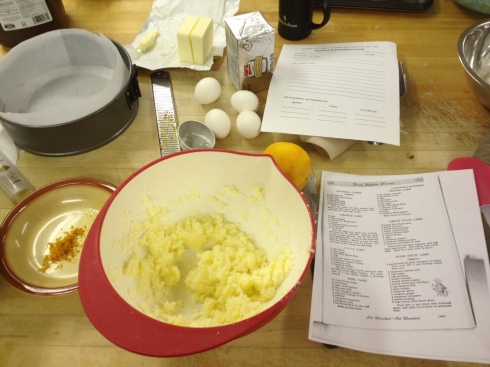
![image[2]](https://maplesyrupandcastersugar.files.wordpress.com/2013/10/image2.jpeg?w=490&h=367)



